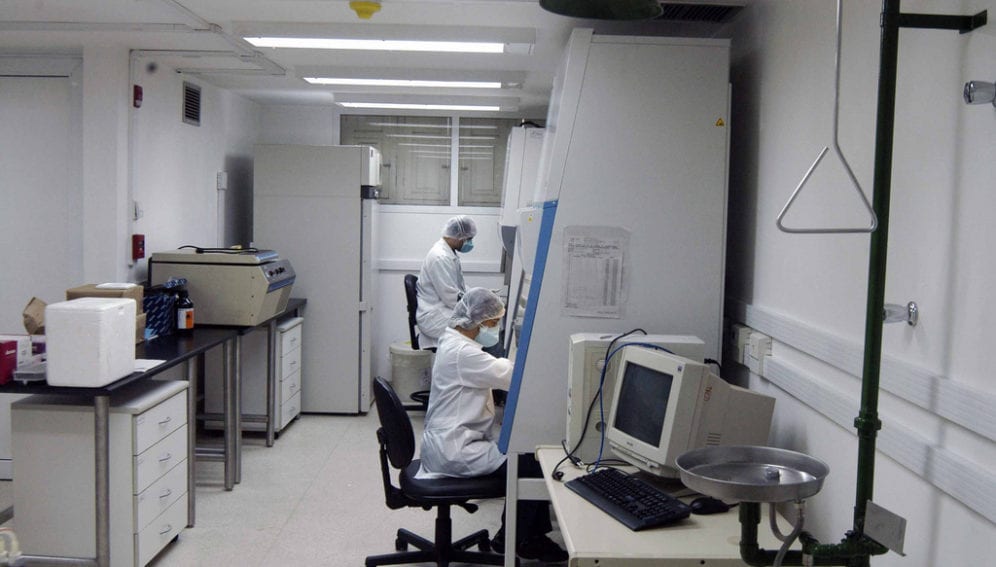By: Brendon Lee
Send to a friend
The details you provide on this page will not be used to send unsolicited email, and will not be sold to a 3rd party. See privacy policy.
[KUALA LUMPUR] A recent study on bird flu viruses has raised questions on overreliance on vaccines as a cure all strategy and which could have even spurred the emergence of newer strains.
In a study, published in The Lancet Infectious Diseases this month, an international team of researchers from the University of Hong Kong compared H7N9, which first surfaced in February this year in Shanghai killing 40 people, with influenza A (H5N1) from 16 years earlier in Hong Kong.
They noted that the viruses took the same trajectory from animal to animal and later from animal to human as both flourished in "cosmopolitan megacities that were increasing in human population and poultry consumption before the outbreaks", and both are on bird migration routes.
However, the researchers also raised the possibility that the widespread use of H5N1 vaccine in East Asia might have predisposed the emergence of H7N9 and other related viruses.
Zee Leung, programme officer at the International Development Research Centre (IDRC) in Canada, agrees with the findings pointing out that the research suggest that vaccination may have encouraged the H7N9 virus to mutate faster.
"Vaccines are incredibly powerful tools and they have been crucial in helping the global community to prevent and control many infectious diseases but they should not be seen as a magic bullet," says Leung.
"We need to employ a variety of solutions and work closely with wild bird ecologists, for example, to determine the best course of action. There is no one solution — vaccines have their place, but so do ecological, social and economic interventions. "
"It is important to understand the ecology of influenza viruses and other microbes so that we can work to control the conditions that allow them to emerge and spread," says Dominique Charron, leader at the IDRC's Ecosystem and Human Health programme.
Charron explains that this understanding is critical because people are the main drivers of ecological change that cause the emergence of new diseases citing the growing demand for meat and intensive livestock farming, where crowded conditions can act as incubators for new microbes.
Another example she cites is the change in land use from natural to urban, which can create new habitats for disease agents and their vectors, some of which thrive in human environments and are hard to eradicate.
Link to abstract in The Lancet Infectious Diseases
This article has been produced by SciDev.Net's South-East Asia & Pacific.
References
The Lancet Infectious Diseases doi:10.1016/S1473-3099(13)70167-1 (2013)














